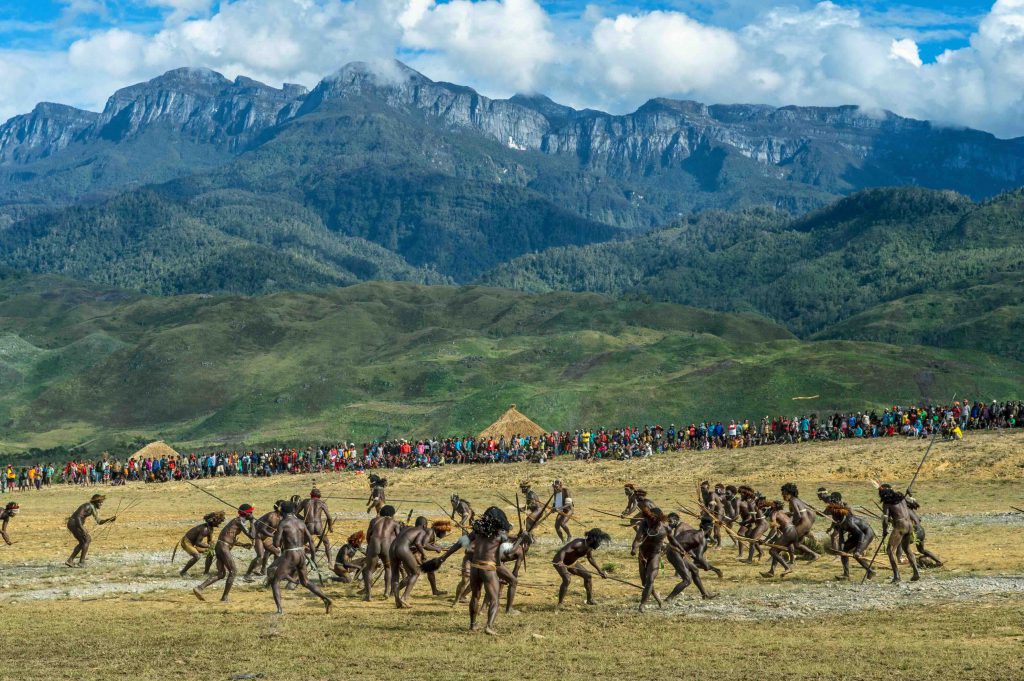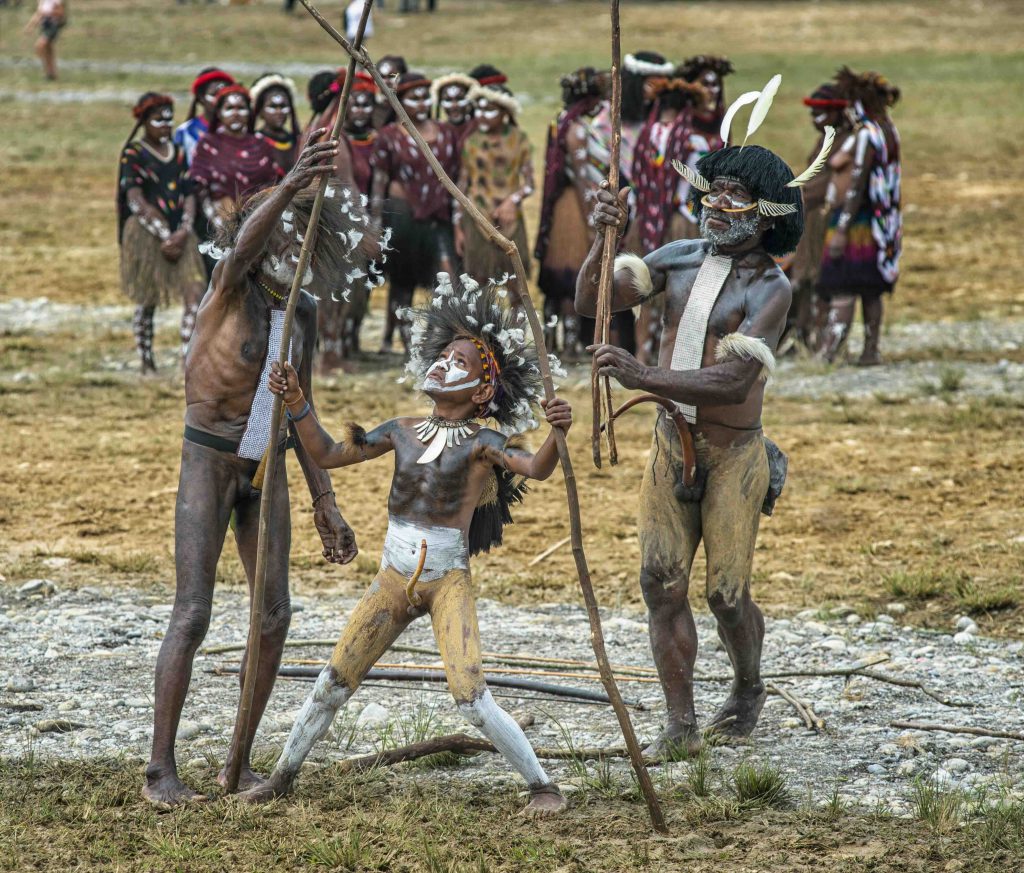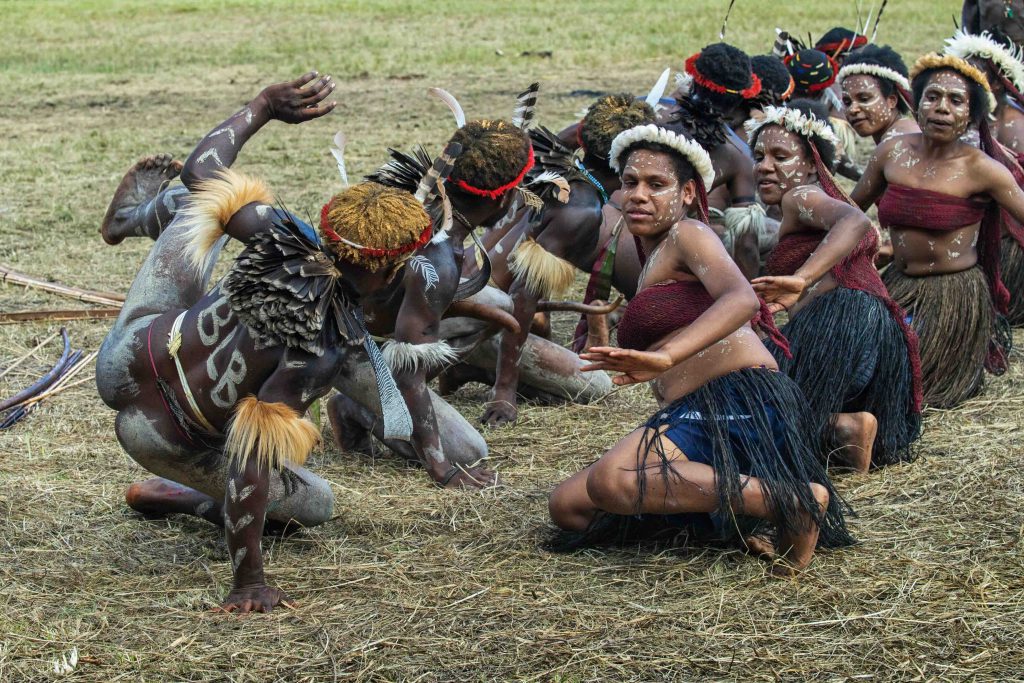Ly Hoang Long
After four consecutive flights, I finally set foot in Wamena, the small, peaceful town that hosts the Baliem Valley Cultural Festival. Held annually in early August, this event is every photographer’s dream.

Located at an altitude of 1,800 meters above sea level in the Central Highlands of West Papua, Indonesia, the Baliem Valley is surrounded by treacherous mountain ranges with peaks reaching up to 4,500 meters. This wild and remote region was discovered by outsiders in 1938, when American explorer Richard Archbold ventured into the valley.
At this point, the wider world learned about the headhunting tribes of New Guinea, such as the Dani and Yali. Today, the Baliem Valley Cultural Festival is one of the key tourism activities of Jayawijaya Regency, . This event aims to introduce and preserve traditional tribal values and culture. The program typically lasts three days and draws thousands of local performers from 40 villages in the region, with some groups trekking for five days to perform a 15-minute act.

Performers don’t wear elaborate clothing or flashy makeup. Everyone wears the same simple traditional attire. The women don skirts woven from straw or tree bark, with bare chests, while men also go topless and cover their private parts with a dried gourd (koteka). Both men and women wear jewelry made from shells, bones, seeds, and colorful feathers. Warriors pierce their noses with wild boar tusks, believing this grants them absolute strength.
People from agricultural communities stage performances to recreate the cheerful atmosphere of gathering, herding, and farming life. Performances by warrior tribes leave powerful and dramatic impressions.
At the end of a quiet dirt road, wooden spears made of ebony, reaching up to five meters long, suddenly rose into view, growing taller and taller like a moving spike trap. Dani warriors suddenly appeared, their bodies entirely painted in black and their battle cries echoing through the mountains and forests. With long spears and bows in hand, they crouched low and moved in zigzag formations.

Possessing the most fertile land in the valley, the Dani people had to constantly fight to defend their territory. Regional tribes have been fighting for decades using only primitive weapons, such as axes, spears, and bows and arrows. Therefore, most performances recreate historic battles, showing how territorial disputes, or sometimes just personal conflicts, escalated into bloody warfare. In the end, performers always sit down together to negotiate and live in peace, revealing everyone’s longing for a peaceful existence.
When the performances are finished, festival-goers look forward to traditional games, where warriors compete in archery contests and throw spears at moving targets.
As the afternoon sun gradually faded, visiting groups busily gathered their spears and weapons for the journey home. The Jayawijaya Regency government arranges transportation throughout the three-day festival. As they chewed on betel nuts, the warriors quickly threw on their shirts and boarded their buses. Suddenly, they seemed gentle and friendly – nothing like their intimidating, warlike appearance while performing.
The closer we got to town, the more the atmosphere of the mountainous forests faded, apart from the echoing sound of a Pikon mouth harp still resonating somewhere nearby.
The 2025 Baliem Valley Cultural Festival is scheduled from August 7-9, with 26 groups expected, each consisting of 30 to 50 warriors.










